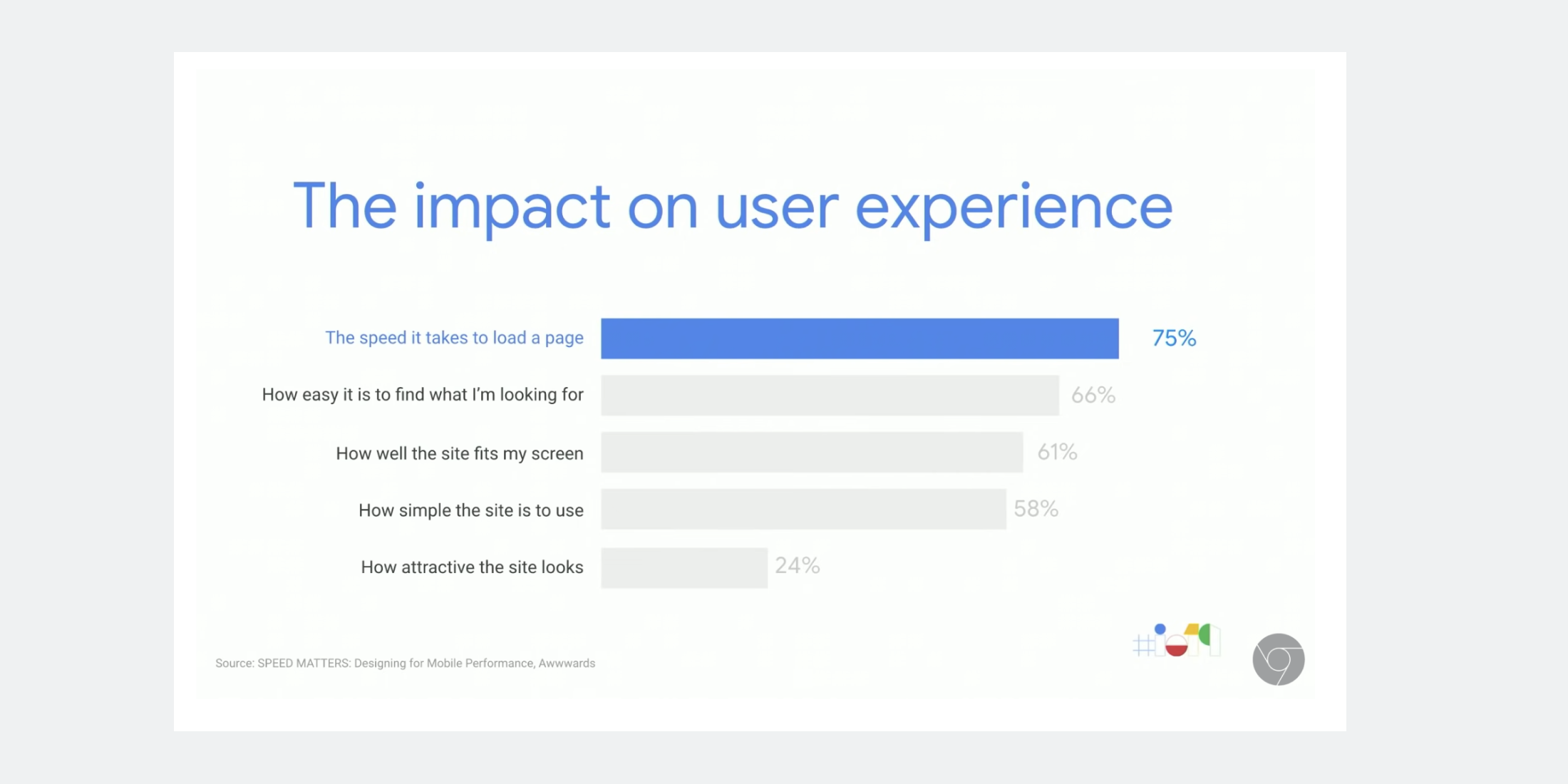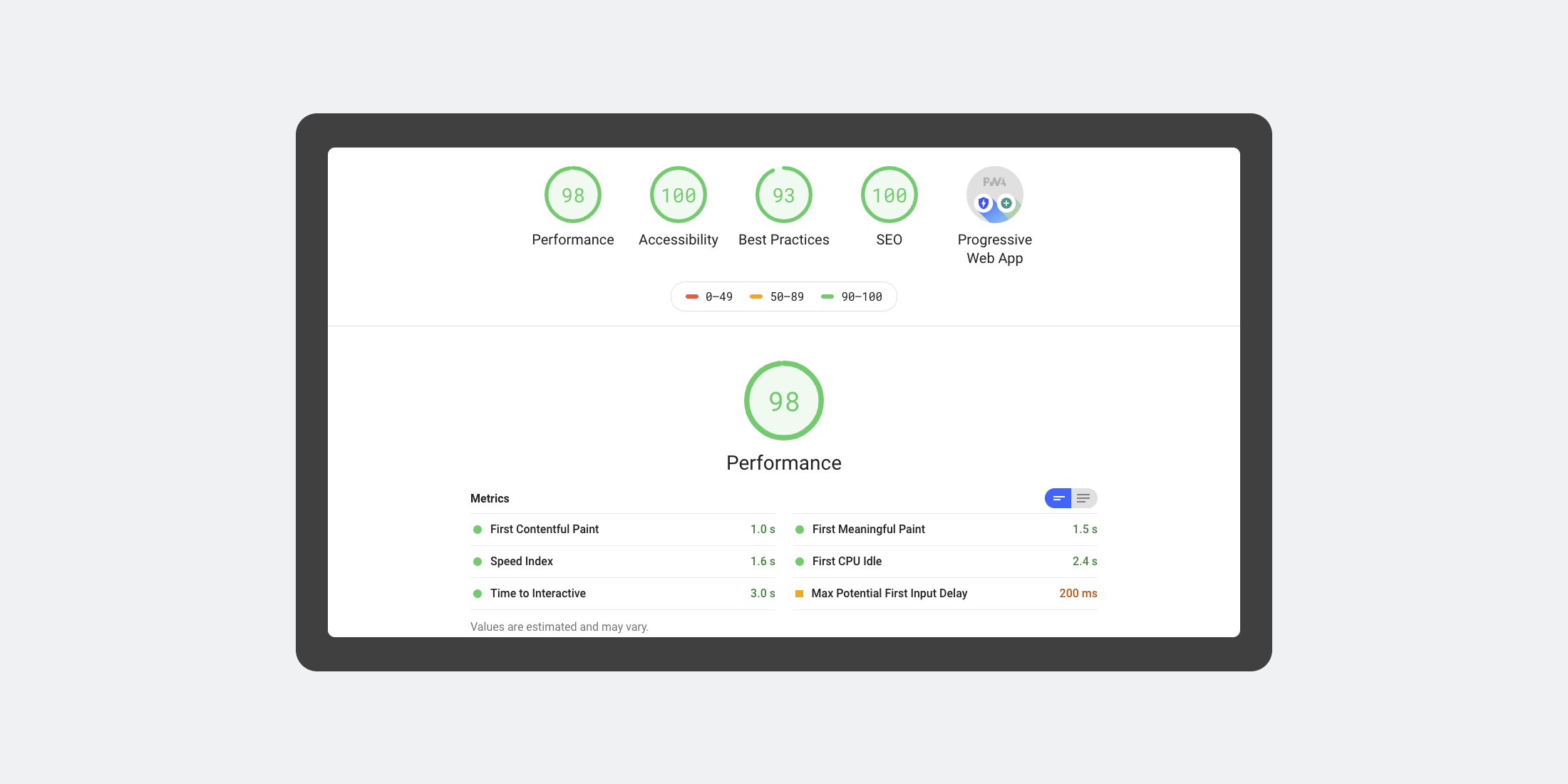In today’s digital era, websites serve as the public face of organisations, making it crucial to maintain an effective online presence. However, while many businesses aim to launch a website, they often overlook the importance of maintaining and supporting their website once it is live.
What is website maintenance
Website maintenance involves a wide array of tasks and activities dedicated to keeping a website functioning optimally. Rather than simply launching a website and letting it slowly degrade, regular ongoing maintenance ensures the website remains secure, performs efficiently, and stays up-to-date with the latest technology developments. It can also include updating content to keep it relevant to visitors, monitoring website performance metrics, and addressing potential issues that may arise.
Why website maintenance is important
Proactive maintenance is key to avoiding disruptions and ensuring that your website aligns with current web and browser standards. By routinely undergoing patching and security updates, organisations can mitigate risks and improve overall site performance, reinforcing the credibility of an organisation.
On the other hand, neglecting website maintenance can lead to a host of issues, from deteriorating user experience to security vulnerabilities, which can harm your brand’s reputation and potentially incur costly remediation efforts. This, in turn, can impact your engagement and conversion rates, resulting in less leads, enquiries or sales. For more information, read our case study on how a bad website can hurt a mortgage broker business.
Furthermore, search engines favour websites that receive regular updates, resulting in higher rankings and increased organic traffic. If you think of your website just like any other asset, it is easy to see the intrinsic value of maintaining and securing it. Much like a physical storefront or a well-maintained vehicle, a regularly tended website is a testament to your business’ professionalism and quality.

Website maintenance is core to your site’s performance, essential to the user experiencing your site’s design as expected.
What does website maintenance include
Website maintenance can be divided into several core components, each of which plays a vital role in keeping your website in optimal condition:
Application, infrastructure and security updates
Websites typically rely on various components, such as servers, content management systems (CMS), plugins, and features. These components each require regular updates to ensure they remain compatible with current technologies and secure from vulnerabilities. Regular updates help to patch security flaws, enhance functionality, and improve overall website performance. Additionally, staying current with updates can prevent compatibility issues with new software or hardware, ensuring that the website continues to deliver a seamless user experience for visitors.
Content updates
Another useful way in which your website can be maintained involves regularly updating and adding content to your site. This may include blog posts, articles, news updates, product listings, and more. Fresh content not only keeps your visitors engaged but also signals to customers and search engines that your website is active and relevant.
Performance optimisation
Website speed and performance are paramount for a positive user experience. Maintenance tasks include optimising images, minimising code, and addressing issues that may slow down your site. A faster website not only keeps visitors happy but can also boost your search engine rankings and conversion rates.
Broken link checking
Over time, links on your website can become broken or outdated, leading to a poor user experience that negatively impacts user experience and search engine ranking. Regularly checking for broken links and updating or removing them is a crucial maintenance task that helps maintain site integrity and improve overall site navigation. This proactive approach not only enhances user satisfaction but also supports higher rankings by ensuring that search engines can efficiently index and crawl your site.
Regular backups
Creating regular backups of your website is an insurance policy against potential disasters. Whether it’s a server crash, a malicious attack, or accidental content deletion, having up-to-date backups ensures you can quickly restore your site to a previous state.

Regular maintenance updates ensures your website’s high performance for best practices in SEO.
How much does website maintenance cost
The cost of website maintenance can vary considerably, depending on several factors. Website maintenance packages are typically tailored to the specific needs of a website and its owner, so the price can vary significantly based on the service level required.
Basic packages, which might cover essential tasks like regular updates and backups, are often more budget-friendly, making them a good choice for smaller businesses. More comprehensive or custom packages that include technical services such as security audits, performance optimisation, and content updates will naturally come at a higher cost as they are specialised and labour intensive.
Another crucial factor that will affect the cost of your maintenance is the response and resolution times required. Some website providers offer 24/7 support and rapid response times, which may be important for businesses with mission-critical websites or applications.
Ultimately, website maintenance costs are an investment in the health and performance of your online presence. The exact price you pay will depend on the level of service you require, the complexity of your website, and the speed at which you need issues resolved. For more information on the types of maintenance options available visit our dedicated website packages page. With years of experience working within the financial industry, we have established robust processes that provide 24/7 support and 99.95% uptime guarantees across infrastructure.

Having our dedicated team of engineers and developers handle those essential and custom tasks from updates to security audits.
About our website maintenance packages
The financial sector’s stringent regulations and compliance requirements have shaped our approach to website maintenance, setting the gold standard for reliability and security. Leveraging the best practices developed within the finance industry, we are proud to now be able to extend these services to clients in other industries.
Today, our maintenance offerings cater to businesses of all sizes, whether they are small startups, medium-sized enterprises, or large corporations. We understand the unique challenges each business size faces, and are committed to delivering website support services that meet the specific business objectives of our clients while best protecting their digital assets.